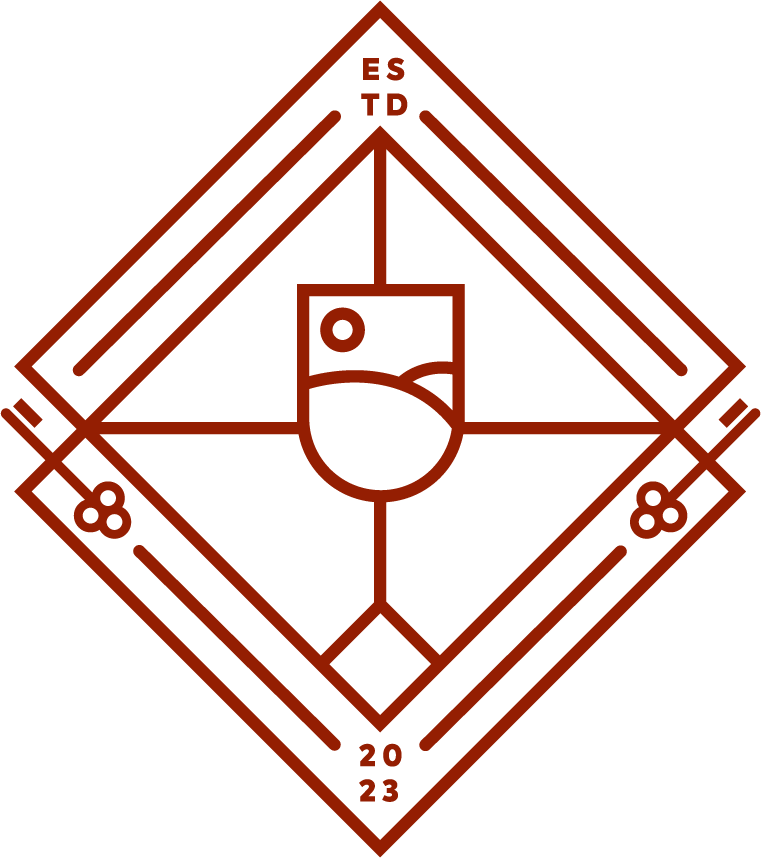Since 2021: A new Portwine Declaration - Porto Garrafeira
From Niepoort-Vinhos:
“The second generation of the Niepoort family, in the late 19th century, had the fortunate idea of buying from a german glass factory in Oldenburg about 4000 glass balloons (in the form of old apothecaries’ bottles) of dark-green glass with varying capacities from 8 to 11 litres. Eduard Karel Jacob van der Niepoort died early and it was his son, Eduard Marius van der Niepoort, Dirk’s grandfather, who gave purpose to the demijohns by bottling the best wines of the 1931 harvest, thus creating the type “Garrafeira Niepoort”. Since the distant year of 1931 to this day the maturation in the demijohns, sealed with a cork, has been closely watched, it is almost a “sacred” ritual for both the Niepoort and the Nogueira families. Garrafeira is not just a wine; it means by itself quality far above the traditional canons. On the taste reveals a great mixture of sensations, aromas and flavours with a perfect balance between youth and experience, between the novelty of the fruit and the “good old age” that only long years of ageing can achieve.”
Garrafeira Port is somewhat rare and distinct from other types of Port wines. Here's a breakdown of its characteristics:
Aging Process:
What sets Garrafeira Port apart is its aging process. Unlike Vintage Port, which is aged for a short time in oak and then matures in the bottle, or Tawny Port, which ages for extended periods in oak barrels, Garrafeira Port is first aged in wood barrels for three to six years. After this initial aging, it's transferred to large glass demijohns (or "bon-bons") where it can remain for several decades.
Taste Profile:
Due to this unique aging process, Garrafeira Port combines characteristics of both Vintage and Tawny Ports. It retains the fruitiness of Vintage Ports and acquires the nutty flavors typical of Tawny Ports.
Bottling:
When it's finally bottled, it's decanted directly from the demijohn, and the vintage date on the label refers to the harvest year, not the bottling year.
Rarity:
Garrafeira Port is not as commonly found as other styles of Port, making it a unique find for enthusiasts and collectors.
Producers:
Not all Port houses produce Garrafeira, and it's a style that's often associated with the producer Niepoort, although others have also made it.
If you ever get a chance to taste Garrafeira Port, it's a unique experience that bridges the gap between the rich fruitiness of Vintage Ports and the complex, aged characteristics of Tawny Ports.
-
Brown-red tints
-
Walnuts, dried fruits and Oaky notes.
-
-
deserts
-
19-21%
-
keep in dark and conditioned place for long storage
The botteling proces and production of the most expensive bottle of portwine ever sold (127.000USD!)



